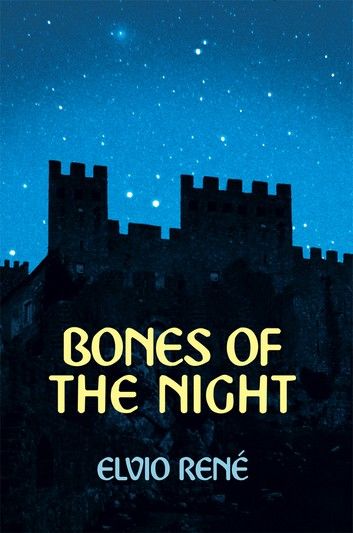| FindBook |
有 1 項符合
Bones of the Night的圖書 |
 |
Bones of the Night 作者:Elvio René 出版社:WestBow Press 出版日期:2012-11-13 語言:英文 |
| 圖書館借閱 |
| 國家圖書館 | 全國圖書書目資訊網 | 國立公共資訊圖書館 | 電子書服務平台 | MetaCat 跨館整合查詢 |
| 臺北市立圖書館 | 新北市立圖書館 | 基隆市公共圖書館 | 桃園市立圖書館 | 新竹縣公共圖書館 |
| 苗栗縣立圖書館 | 臺中市立圖書館 | 彰化縣公共圖書館 | 南投縣文化局 | 雲林縣公共圖書館 |
| 嘉義縣圖書館 | 臺南市立圖書館 | 高雄市立圖書館 | 屏東縣公共圖書館 | 宜蘭縣公共圖書館 |
| 花蓮縣文化局 | 臺東縣文化處 |
|
|
Matthew, an apostle of Jesus, relates a first-person account of what transpired on Thursday, the fourteenth day of Nisan, as well as the agonizing events of Friday, the fifteenth, in Jerusalem. Nisan is the first month of the Jewish year; it is when the meadows turn green once again and when Passover is celebrated. It is the month when barley and flax are harvested. Matthew, through a powerful recreation of events, describes that atmosphere that surrounded the Master and his disciples, starting with Sunday, the tenth day of Nisan, when Jerusalems joyful inhabitants proclaimed Jesus the Messiah.
The novel offers a minutely detailed description of first-century Jerusalemits temple, huge and overpowering; the commerce that was carried out behind its walls; its ideologically divided citizenry; and the totally insurmountable customs of the ruling class, the priests who forced the outcome on that Friday. These are the dramatic hours during which the judgment of Jesus is reproduced, as well as the efforts of Herod and Pontius Pilate to rid themselves of the responsibility of having to condemn the Savior and his merciless torture and execution.
The human nature of what transpires in this book enters the readers mind during the scenes of the apostles at the Passover supper. The supper is depicted as an astonishing event, in a way that is different from what art and legend has instilled in us over the course of many centuries. The reader will become familiar with Genesareth Lake, the Mount of Olives diverse forest, the pain experienced in the garden of Gethsemane, the harsh torture at Golgotha, and Samarias dusty roads, realizing just how terrifying that Thursday night in Jerusalem, shrouded in shadows, was as the patrols carried out their search for Jesus.
|











